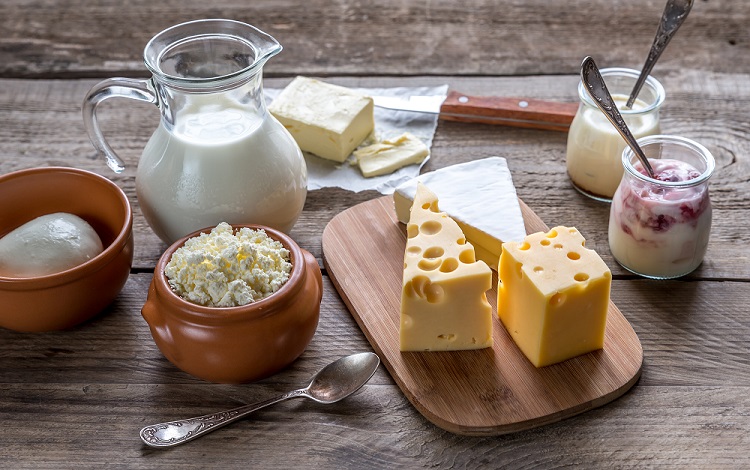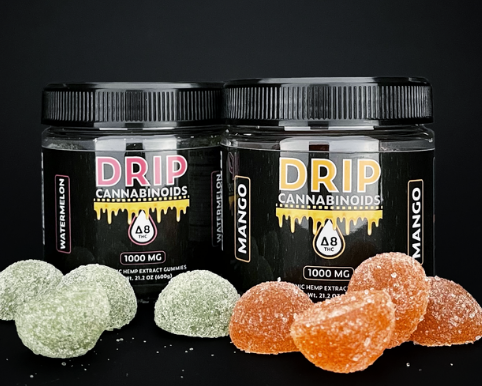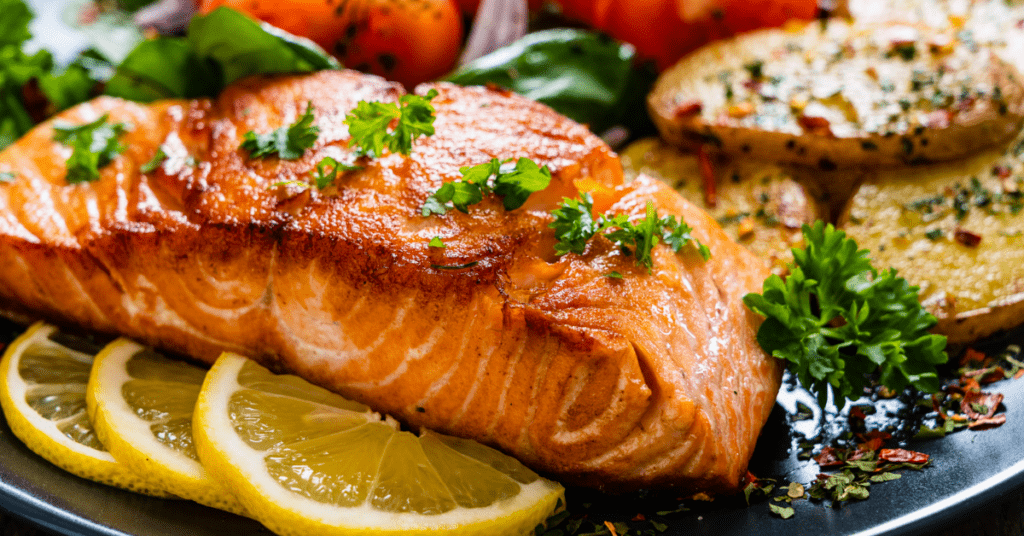You might know about the term aging and realize that it has something to do with preparing or microorganisms or something to that effect. Truth be told, maturation is a significant cycle for making culinary basics like bread, lager, wine, and cheddar. A few types of maturation likewise give us probiotics, gainful microorganisms that guide in processing. Note that aging isn’t exactly the same thing as pickling. We’ll discuss the distinction toward the finish of this piece.
Maturation is a metabolic interaction where residing organic entities drink carbs (like starch or sugar) and produce liquor or corrosive. Yeast, for example, those utilized for baking bread and making brew and wine, produces liquor, while microorganisms, like in yogurt, produce corrosive.
Follow https://sizesworld.com/ to read more.
How Does It Function?
Maturation is mind-boggling, yet in particular, all creatures expect oxygen to change over glucose, a basic sugar, into energy that the organic entity’s cells can utilize. (On account of yeast and microbes, the entire creature comprises a solitary cell, yet this cycle happens in bigger living beings like people, as well as in plants.)
Microorganisms, for example, yeasts and microbes don’t have lungs to take in oxygen, however, they breathe out it from their environmental elements or from the fluid climate where it resides (accepting that the fluid contains oxygen, as in water), and life goes on.
Yet, consider the possibility that there is next to zero oxygen in the air. All things considered, these organic entities need to separate oxygen from the environment another way, which is called aging.
Follow here to know more about the standard shower size
Advantages Of Fermentation
Aging in food gives many advantages. This guides in safeguarding, as the liquor or acids it produces repress the development of food-causing microbes. Food varieties like cheddar, acrid cream, yogurt, sauerkraut, and fermented tea are models. Maturation adds flavor to food varieties, for example, the kind of yogurt, the zing of fermented tea, and the attribute of conventional miso glue. Furthermore, on the grounds that food sources like yogurt and fermented tea contain live societies of helpful microbes called probiotics, aging improves alleged “stomach well-being” by renewing the advantageous microorganisms in our digestion tracts that guide absorption.
Note that maturation assumes a part in making lager, wine, and bread, yet these food sources don’t contain live societies, so there they don’t give any “stomach well-being” benefits.
Fermentation Interaction
There are two principal kinds of maturation: ethyl liquor aging and lactic corrosive maturation.
Both include living beings that separate the starches they consume to draw out the oxygen that helps make up every sugar particle. In doing as such, they create a byproduct, lactic corrosive on account of microscopic organisms, and a blend of ethyl liquor and CO2 gas on account of yeast.
In ethyl liquor aging, yeast life forms polish off sugar and produce ethyl liquor, which gives lager, wine, and spirits their kick, and CO2 gas, which makes bread rise.
Lactic corrosive maturation is finished by microscopic organisms in yogurt, like Lactobacillus acidophilus. In this cycle, microorganisms drink lactose, a sugar present in milk, and convert it into oxygen for themselves, alongside the byproduct of lactic corrosive. This corrosive gives curd its impactful taste.
Lactic Corrosive Aging
Lactic corrosive aging is the kind of maturation at work while making aged food sources like kimchi and sauerkraut. How it functions is that food varieties like cabbage are kept lowered in pungent brackish water. Salt kills microscopic organisms that ruin food, yet doesn’t hurt Lactobacillus microorganisms, which are available all over the place, remembering cabbage and different food sources. So after some seasons of absorbing this pungent salt water, lactobacillus attempts to change over the starches in vegetables into lactic corrosive, which thus supports the protection and furthermore bestows a tart taste. Tofu, miso, soy sauce, and even ketchup and pepperoni are totally made utilizing lactic corrosive aging.
Ethyl Liquor Maturation
Ethyl liquor maturation gives us brew, wine, spirits as well as bread. Note that sourdough bread utilizes a mix of ethyl liquor and lactic corrosive maturation. Yeast gives bread its ascent while Lactobacillus gives it its sharp taste.
Lager and wine regularly go through two phases of aging, known as essential and auxiliary maturation. The essential stage sets off the fast creation of liquor, while the optional stage is increasingly slow to foster more intricate flavors.
Acidic Corrosive Maturation
A belief acidic corrosive maturation is a third kind of aging, in spite of the fact that it is seemingly a variation of ethyl liquor maturation. This is the cycle that transforms wine into vinegar, so it’s bad to make wine, yet assuming your objective is vinegar, it’s perfect.
How it functions is that sure microorganisms, known as acidic corrosive microscopic organisms, oxidize liquor and sugar to shape acidic corrosive, which when exceptionally weakened is customary vinegar. In addition to vinegar, this cycle is likewise an optional maturation stage in making fermented tea, following the underlying phase of ethyl liquor maturation.
Aging Versus Pickling
Frequently maturation is mistaken for pickling, on the grounds that both are types of food conservation and both produce food varieties with a harsh flavor. The thing that matters is that with aging, lactobacillus acidophilus microorganisms are creating acidic corrosive as a feature of the maturation interaction, and this gives the food its sharp flavor. With pickling, food varieties are drenched in an answer that incorporates vinegar, which confers a sharp flavor to the food, despite the fact that no real maturation is occurring. It’s simply absorbing vinegar.




